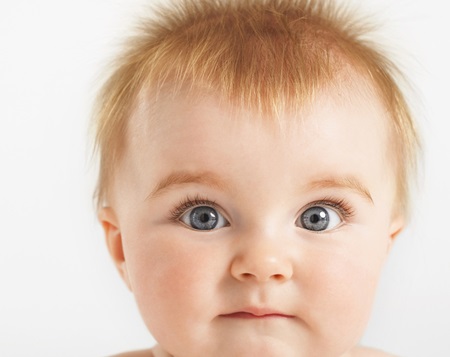As your baby grows and develops, so does his portfolio of playtime activities. Children of all ages learn through play, and with each stage of development come new opportunities for children to explore the world and how they fit in it. As you plan your child’s playtime take into account your child’s age and abilities to maximize both learning and fun. Here are toys,…
There was a problem loading this page. Please ensure JavaScript is enabled on your browser and any ad blockers are disabled.
Related
Are you planning on traveling this holiday season? If so, you will probably be bringing along and iPad or other…
Make screen time education with these educational apps specifically designed with preschool kids in mind. This collection of apps help…
My son was a late crawler, which was something that I was under incredible stress about. I obsessed that it…
You probably know Jennie Monness as the social media parenting influencer who regularly shares play tips as well as social…
